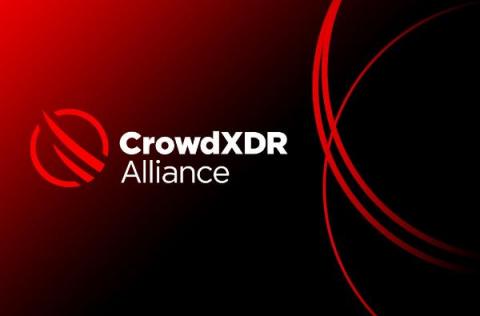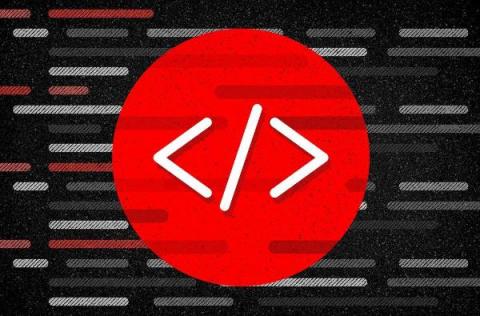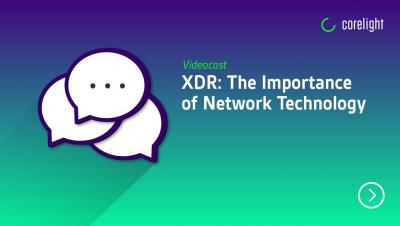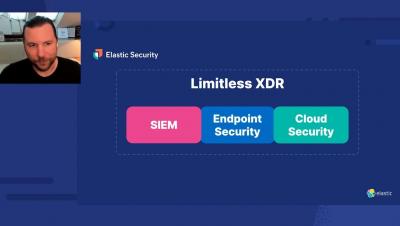CrowdStrike Partners with MITRE CTID, Reveals Real-world Insider Threat Techniques
CrowdStrike continues to support coverage of MITRE, first through the MITRE ATT&CK® framework and now with the latest findings from the MITRE Center for Threat-Informed Defense (CTID). Today MITRE CTID released a report examining threat trends and patterns frequently used by malicious insiders to exfiltrate data, access confidential information and commit fraud.









